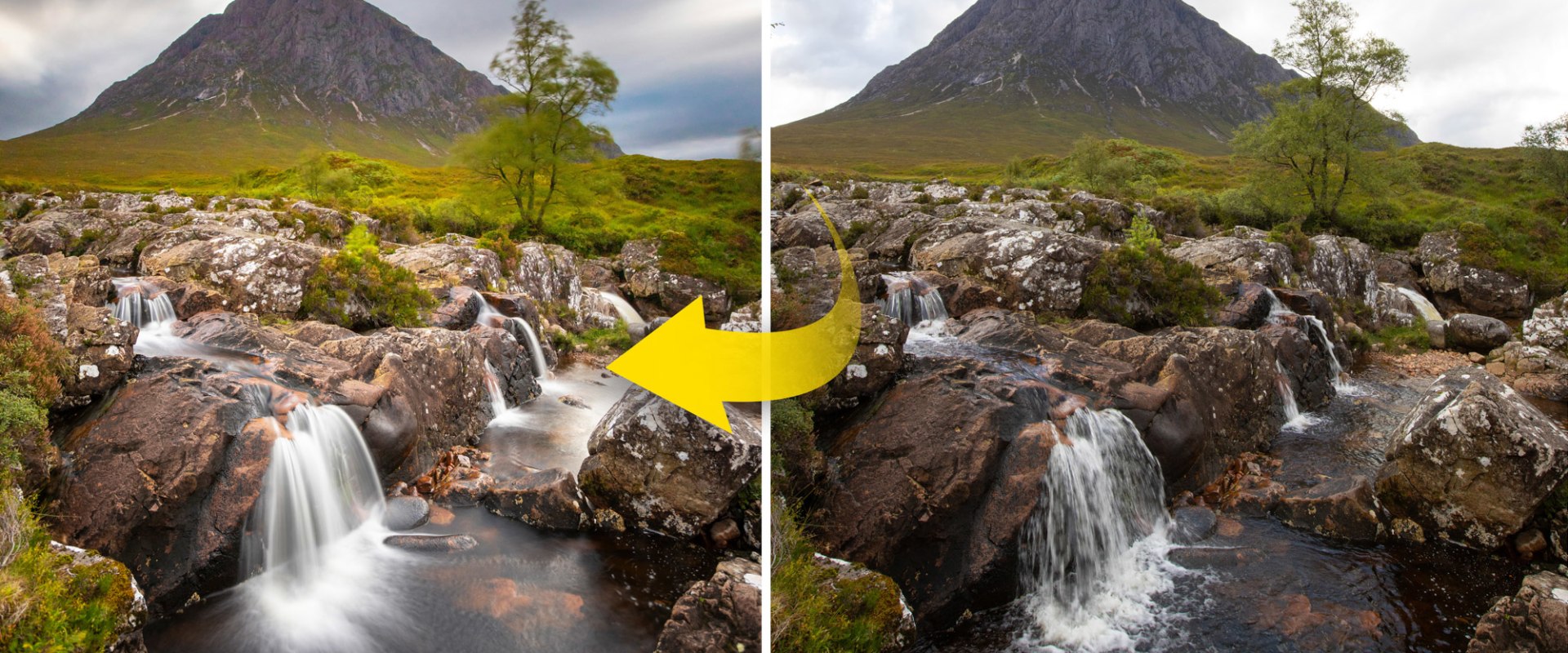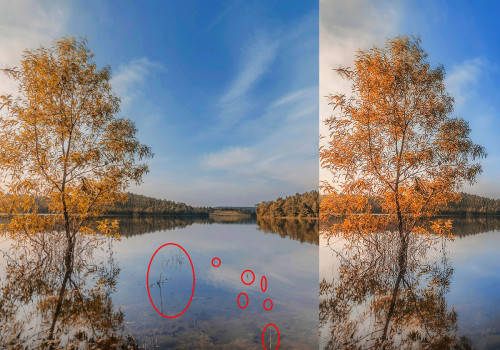Landscape photography is a beautiful form of art. It allows us to capture the beauty of nature in its most stunning form. But to truly capture the perfect landscape shot, it’s important to understand how to make use of filters. With the right filter, you can dramatically enhance the colors and tones of a photograph, and ultimately create something truly spectacular.
This article will cover how to utilize filters for landscape photography, so you can capture the perfect shot every time. When it comes to capturing the perfect shot, filters for landscape photography are an essential tool. By understanding how each type of filter works and how it can be used, you can take your photos to the next level.
Polarizing Filters
– Polarizing filters help reduce glare and reflections in your photos. By cutting down on the amount of light that is reflected off the surface of a landscape, they can help bring out more vivid colors and details that would otherwise be lost.When shooting landscapes, a polarizing filter can help remove unwanted reflections from bodies of water, reduce haze in distant scenes, and darken blue skies to make clouds stand out more.
Neutral Density Filters
– A neutral density filter is a grey filter that helps control the amount of light entering the lens. It is used to reduce the brightness of a scene, allowing you to take longer exposures during daylight hours or to reduce the depth of field in a shot. Neutral density filters are especially useful for landscape photography as they allow you to capture the movement of clouds or water, while also being able to blur backgrounds for more aesthetically pleasing shots.Graduated Neutral Density Filters – Graduated neutral density filters are similar to neutral density filters, but they are designed specifically for landscapes. They are darker at one end and gradually become lighter towards the other end, allowing you to darken bright skies without affecting the foreground. These types of filters are great for capturing sunsets or sunrises when the sky is much brighter than the rest of the scene.
Ultra-Violet Filters
– Ultra-violet (UV) filters are designed to block out UV light, which can cause a hazy effect in your photos.These filters are typically used when shooting in high altitude or in areas with high levels of air pollution, as they can help reduce the amount of haze in your shots.
Infrared Filters
– Infrared (IR) filters are designed to block out visible light and allow only infrared light to pass through the lens. This type of filter produces photos with ethereal-looking colors and is often used for creative effects. When used for landscape photography, infrared filters can create stunningly surreal images with vibrant colors and unique textures. When selecting filters for landscape photography, it’s important to consider the type of glass that is used and how it affects image quality.High-quality glass will produce sharper images with less distortion and better color accuracy. Additionally, look for filters that have multi-coated surfaces to reduce flare and ghosting. Filters can also be used in combination with other accessories such as hoods or lens shades to help reduce glare and improve contrast. Hoods can also be used to shield the front element of a lens from rain, snow, or other elements that can damage the lens over time. Finally, it’s important to remember that using a filter doesn’t guarantee perfect results every time.
Experimentation is key when using filters and it may take some time before you get the perfect shot. With practice and patience, however, you can use filters to capture stunning landscapes that showcase the beauty of nature.
Tips for Using Filters
Using filters correctly is an essential part of landscape photography. The right filter can help you capture stunning photos that showcase the beauty of nature. Here are some tips for getting the best results when using filters:Choose the right type of filterThe type of filter you use depends on the type of effect you want to create.For example, a polarizing filter can help reduce reflections and glare from water, while a neutral density filter can help reduce exposure. It's important to consider the conditions of the scene you're shooting and choose the right filter for the situation.
Use a low ISO setting
Using a low ISO setting will help reduce noise in your images. This is especially important when using filters, as they can often cause additional noise if the ISO is too high. For the best results, try to keep the ISO as low as possible.Consider using multiple filters at once
Using multiple filters at once can create interesting effects and help you achieve the desired result.However, it's important to be aware that each filter will affect the image differently, so it's important to experiment and find out what works best for you.
Attach and adjust filters correctly
When attaching filters to your camera lens, make sure they are secure and won't move during shooting. You may also need to adjust the position of the filter to get the desired effect. Experiment with different angles and positions until you get the desired result.Types of Filters
Filters are an essential part of landscape photography. They can help you capture stunning images that showcase the beauty of nature.In this article, we will discuss the different types of filters available for landscape photography and how they work.
Polarizing Filters
Polarizing filters are designed to reduce reflections and glare from water and other reflective surfaces. They work by blocking out certain wavelengths of light, which results in a more saturated, high contrast image. Polarizing filters can also darken blue skies and reduce haze, making them ideal for capturing vibrant landscapes. These filters are especially useful when shooting near water or on sunny days.Neutral Density Filters
Neutral density (ND) filters are designed to block out a certain amount of light.This is useful for controlling exposure when shooting in bright conditions, such as during the day or in direct sunlight. ND filters come in a range of strengths, from one-stop to ten-stop. A one-stop filter will allow one stop less light than without the filter, while a ten-stop filter will block out ten stops of light.
Graduated Neutral Density Filters
Graduated neutral density (GND) filters are similar to ND filters, but they are designed to block out light in a graduated manner. This makes them ideal for controlling exposure when shooting landscapes with extreme brightness differences between the sky and foreground, such as sunsets or sunrises.GND filters come in both hard and soft gradations, depending on the desired effect.
Soft Focus Filters
Soft focus filters are designed to soften details in an image. They can be used to add a romantic or nostalgic feel to a landscape, as well as reduce distracting details in the background. Soft focus filters come in a range of strength and are ideal for creating dreamy images.Infrared Filters
Infrared (IR) filters are designed to block out all visible light except for infrared light. This produces a unique effect that can result in ethereal images with muted colors and high contrast.IR filters come in a range of strengths, from mild to extreme, which can create vastly different results. Filters are an essential tool for landscape photography. Each type of filter has its own unique effects and applications. Polarizing filters are great for reducing reflections and increasing contrast. Neutral density filters are ideal for controlling exposure in bright conditions.
Graduated neutral density filters help balance the exposure between the sky and foreground. Soft focus filters soften details and add a romantic feel to an image. And infrared filters produce ethereal results with muted colors and high contrast. Filters are essential for capturing breathtaking landscape photographs. They can help you capture the perfect shot and showcase the beauty of nature.
Different types of filters can be used to capture different effects in the photograph. Using the right filter and following some simple tips can help you get the best results. When it comes to landscape photography, filters are a must-have. They are an invaluable tool that can help you bring out the best in your photos. So, make sure you use them to their full potential and get the most out of your landscape photography.








